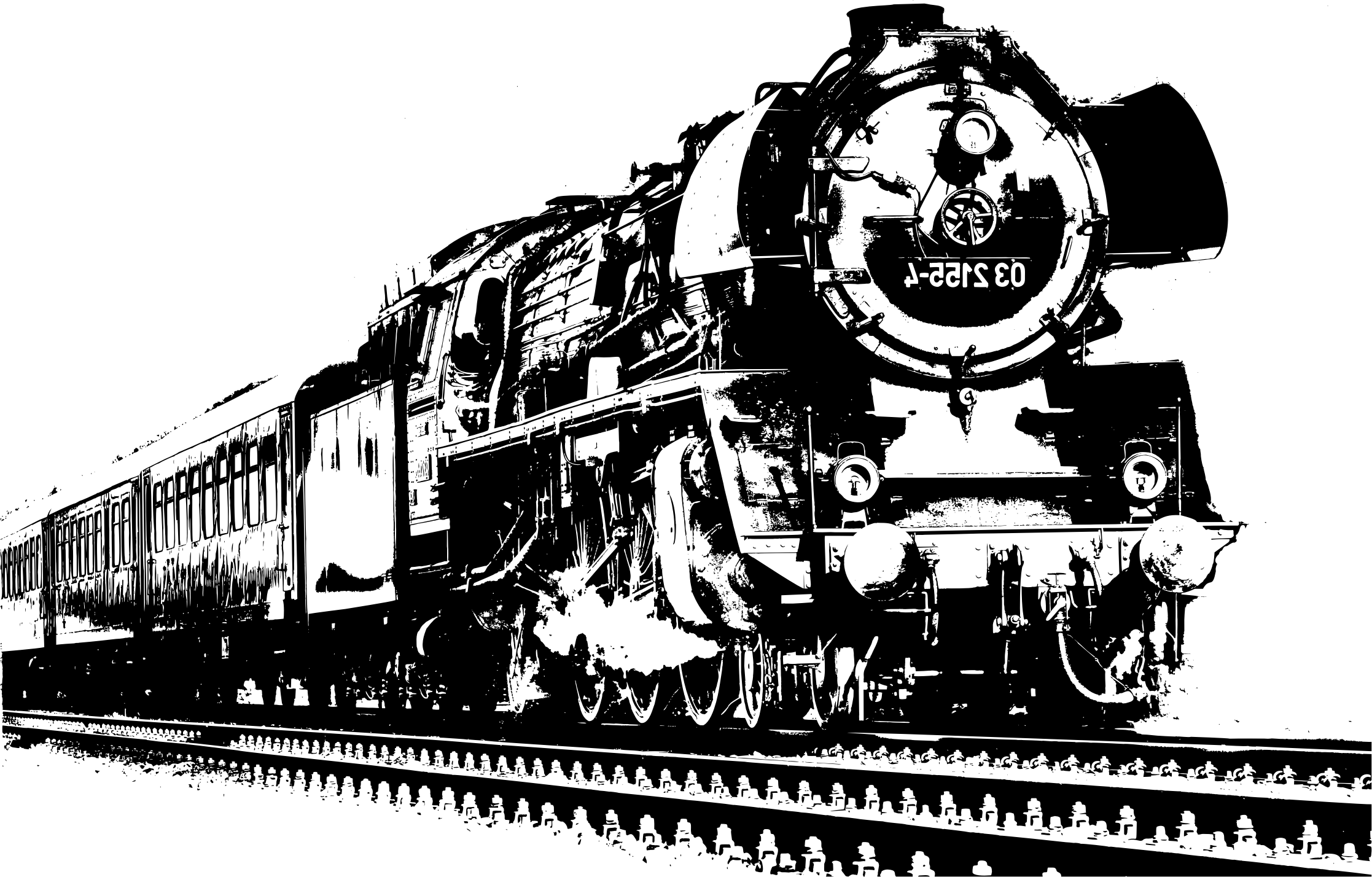In order to answer the question we first need to know the physics concepts that go into the interactions.
There are four concepts that come into play:
- Newtwon's 3rd Law:
- Newton's 2nd Law:
In Knight's Introduction to Physics textbook, he noted that Newton's 3rd says that "Every force occurs as one member of an action/reaction pair of forces. He goes on to note that those forces act on different objects and that they are equal and opposite. For example, when you are standing, if your weight was the only force in the up-and-down direction then you would sink through the floor. However, as Newton's Third law explains, the floor pushes back at you in the opposite direction and with the same magnitude. Your "force" pushes on the floor and floor's "force" pushes on you. Another example is as a plane moves through the sky it creates a force on the the air. The reaction force in this interaction is the friction between the plane and the air, which is known as drag.
This says that the acceleration is proportionaly related to the net force and inversely related to the mass. F = m × a is the mathematical representation of this law. Force and acceleration are vectors, which means they have direction as well magnitude. The best way to explain this law is with an example.
A) B)




Which scenario would you choose? A or B? Most would choose B. If you hadn't have heard of Newton's second law before, I'm willing to bet that you would still choose B, because we intuitively know how Newton's second law works. The bigger the mass of an object the more force it would take to stop the object. What the second law also says is the the higher the acceleration of an object the more force is required to stop it.
This means that as the force changes so does the momentum and visa versa. p = m × v is the mathematical representation of momentum, and Force can be represented as Δp/Δt (Δt = change in time). And just like force and acceleration, momentum is a vector.
This says the change in energy of a system or a collection of interactions is 0. In other words the sum of the energy of distance, Gravitational Potential Energy (Ug), and the energy of motion, Kinetic Energy (KE), in the beginning (mathematicaly represented as Ugi + KEi), is equal to the sum of those energies at the end (represented as Ugf + KEf). Gravitational Potential Energy is mathematicaly represented as Ug = m × g × d and KE = ½ × m × v2 represents Kinetic Energy
- m = mass
- g = acceleration due to gravity = 9.8 meters/seconds2
- d = distance
- v = velocity
But how do these concepts play a part on running up a wall, click the Forces tab to learn more.